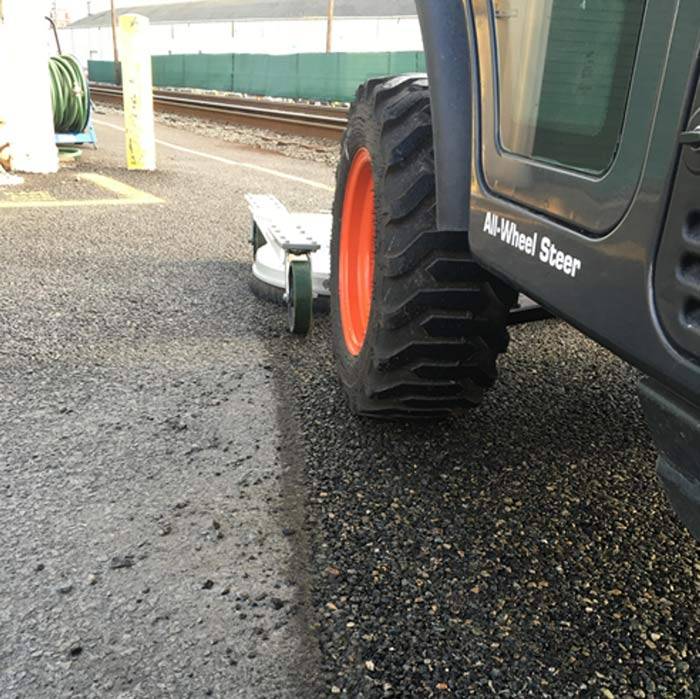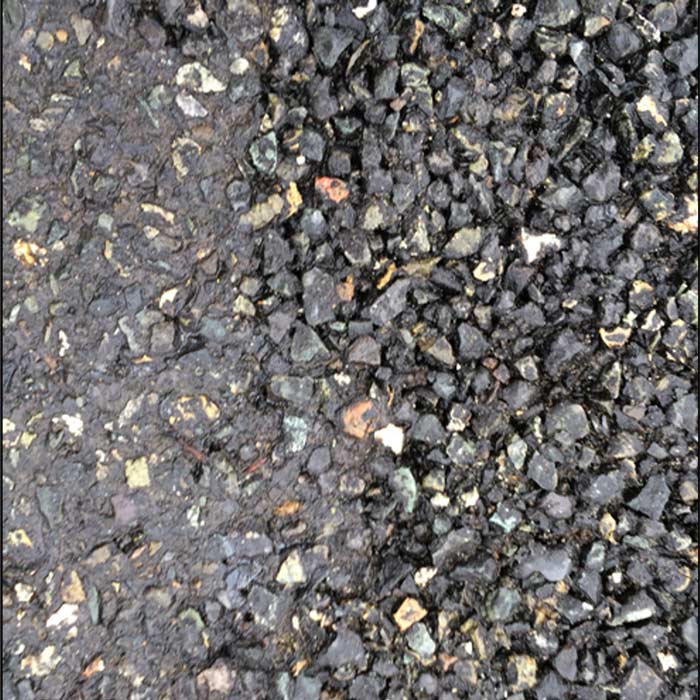Pervious Pavement Maintenance Guidelines
Type of Maintenance
What’s Involved
Inspection – Monthly
- Visually inspect pervious pavement to ensure that it is clean of leaves, pine cones, pine needles, moss growth, and other organic deposits.
- Visually inspect pervious surface for inorganic solids being deposited by rainwater flow from upland or adjacent areas and traffic.
- Is the surface maintaining a satisfactory infiltration rate? Is there puddling or is water remaining within 30 minutes after rainfall has ended? If so, refer to periodic
maintenance and/or spot cleaning. - Inspect for deterioration or spalling.
Routine Maintenance – 2 to 4 times per year, more frequently for high use sites, sites near heavy trees or bush cover, or areas with high potential for run-off contamination.
As needed based on inspection
- Remove organic deposits that have settled on the pervious surfaces. This can be done with blowing (with leaf blower or similar equipment), truck-sweeping, and/or dry vacuuming.
- If organic deposits can be removed before they begin to degrade and break down, this can postpone the need for deeper cleaning.

Periodic Maintenance – Every 6 months
Immediately before and after winter
- Vacuum-assisted high-pressure water jet cleaning can be used regularly to remove foreign material and organic debris from above and below the permeable surface to restore percolation.
- At a minimum, pavement vacuuming should occur following the last snow event of the year and just prior to the first snow event of the year to remove accumulated
debris.
Spot Cleaning – As needed
- Clay soils are generally easy to remove using a Shop-Vac for a small area, a walk behind vacuum for a medium sized area, or a vehicle-mounted vacuum for larger
areas. - For small areas of acute or subsurface clogging, high-pressure washing or high-pressure washing and vacuuming have proven to be more effective than vacuuming alone to regain lost infiltration.
Winter Maintenance – Late fall prior to snowfall
During or after snowfall
- Snow removal should be performed using a rotary broom.
- If a rotary broom is not available, snow should be removed using a plow with a non-metallic cutting edge. Metallic cutting edges tend to catch stones and cause raveling. Consider hybrid rubber, rubber composite, or ceramic composite cutting edges for the application.
- Do not use deicing chemicals. If the pavement is working properly there should not be ice. Small crushed aggregate (1/4 – 10, or similarly sized) can be used for anti-skid purposes. Do not use fine sands for this purpose. If anti-skid material is applied, it must be removed when winter maintenance ends (learn more about using crushed aggregate in the Pervious Concrete Pavement Maintenance and Operations Guide by the National Ready Mixed Concrete Association referenced in the appendix on page 11).
- Perform aggressive periodic maintenance just before winter to ensure pervious voids are unclogged and free of organic deposits that may limit draining and contribute to freeze-thaw damage.

Restoration – As needed
- Over time, restoration of pervious concrete percolation rates will become necessary, particularly if routine and periodic maintenance is not performed.
- Typically, an average infiltration rate decrease of 25% from the initial value, or an infiltration rate less than 100 inches per hour, triggers the need for deep cleaning/unclogging. Neglected projects that have never been cleaned and are completely clogged should be restored to a drainage rate of 100-200 inches per hour, per ASTM C1701, by using specialized cleaning equipment.
- Restoration is best accomplished by simultaneous pressure washing and vacuuming. There are several commercially available cleaning systems available to rehabilitate the pore structure of pervious pavement. Use of chemicals to clean pervious concrete should be done with extreme caution to prevent damage to the aquifer, the biological organisms within the pervious system, or the pervious concrete pavement itself.
Administrative – As needed
- Fill out maintenance logs and record changes, results, etc.
- Review the maintenance plan and adjust as necessary
- If selling the property, pass on the maintenance history and maintenance plan to the new owners
